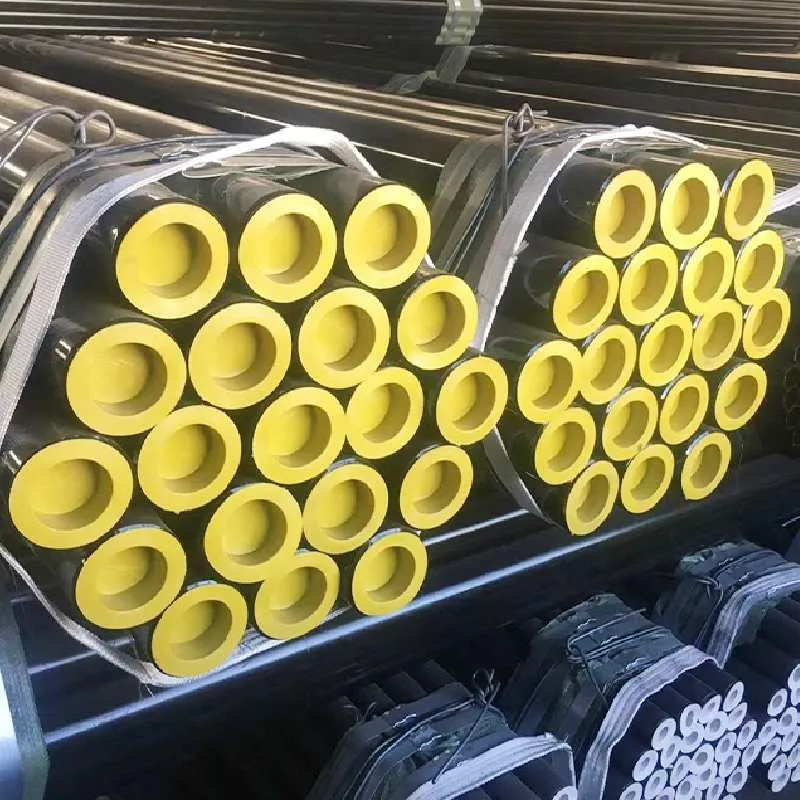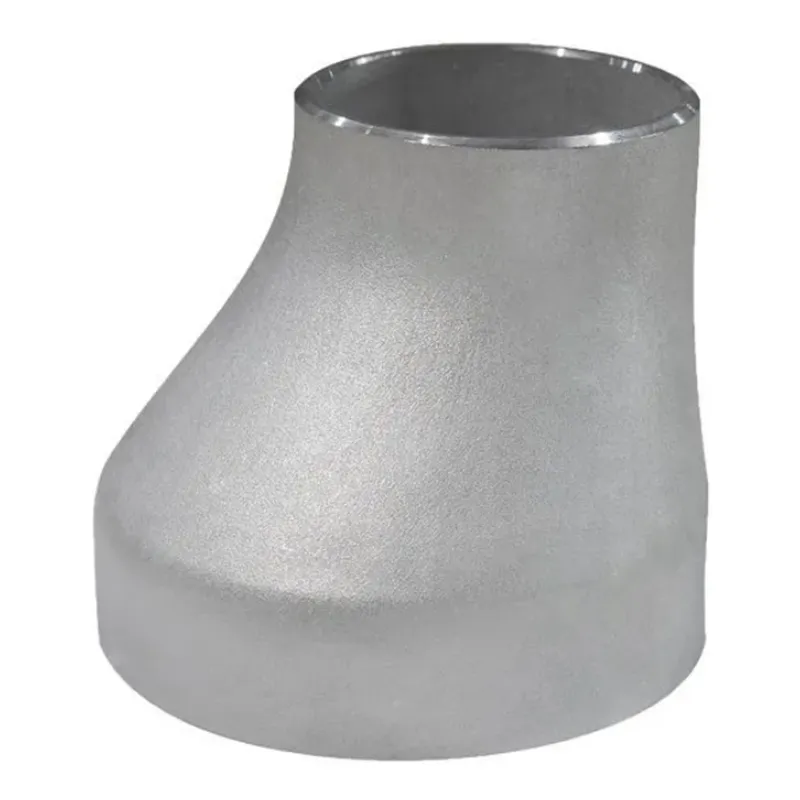-
Cangzhou Yulong Steel Co., Ltd.
-
Phone:
+86 13303177267 -
Email:
admin@ylsteelfittings.com
- English
- Arabic
- Italian
- Spanish
- Portuguese
- German
- kazakh
- Persian
- Greek
- French
- Russian
- Polish
- Thai
- Indonesian
- Vietnamese
- Zulu
- Korean
- Uzbek
- Hindi
- Serbian
- Malay
- Ukrainian
- Gujarati
- Haitian Creole
- hausa
- hawaiian
- Hebrew
- Miao
- Hungarian
- Icelandic
- igbo
- irish
- Japanese
- Javanese
- Kannada
- Khmer
- Rwandese
- Afrikaans
- Albanian
- Amharic
- Armenian
- Azerbaijani
- Basque
- Belarusian
- Bengali
- Bosnian
- Bulgarian
- Catalan
- Cebuano
- China
- China (Taiwan)
- Corsican
- Croatian
- Czech
- Danish
- Esperanto
- Estonian
- Finnish
- Frisian
- Galician
- Georgian
- Kurdish
- Kyrgyz
- Lao
- Latin
- Latvian
- Lithuanian
- Luxembourgish
- Macedonian
- Malgashi
- Malayalam
- Maltese
- Maori
- Marathi
- Mongolian
- Myanmar
- Nepali
- Norwegian
- Norwegian
- Occitan
- Pashto
- Dutch
- Punjabi
- Romanian
- Samoan
- Scottish Gaelic
- Sesotho
- Shona
- Sindhi
- Sinhala
- Slovak
- Slovenian
- Somali
- Sundanese
- Swahili
- Swedish
- Tagalog
- Tajik
- Tamil
- Tatar
- Telugu
- Turkish
- Turkmen
- Urdu
- Uighur
- Welsh
- Bantu
- Yiddish
- Yoruba

ліп . 05, 2025 08:39 Back to list
API 5L X52M PSL2 Specification - High-Quality Steel Pipe for Oil & Gas API 5L X65 PSL2 Specification, Reliable Supplier
- Introduction to API 5L X52M PSL2 Specification
- Understanding API 5L Grade Variants and Their Technical Characteristics
- Technical Advantages of API 5L X52M PSL2 and Related Grades
- Manufacturer Comparison: API 5L X52M PSL2 Versus API 5L X65 PSL2
- Customization and Specification Optimization in Pipe Procurement
- Application Scenarios and Real-World Case Studies
- Conclusion: The Impact of API 5L X52M PSL2 Specification

(api 5l x52m psl2 specification)
Introduction to API 5L X52M PSL2 Specification
The API 5L X52M PSL2 specification represents one of the most commonly referenced standards for steel line pipe procurement in the global energy sector. Developed by the American Petroleum Institute, this specification addresses the needs of modern pipeline transport, requiring consistent product quality and reliable mechanical properties. The X52M grade, with its enhanced mechanical strength and toughness, is intended for environments where both durability and resistance to fracture or fatigue are paramount. With the increased emphasis on energy safety and efficiency, understanding the nuances of the API 5L X52M PSL2 specification is essential for engineers, procurement managers, and suppliers alike.
Understanding API 5L Grade Variants and Their Technical Characteristics
The API 5L series is comprised of a wide spectrum of pipe grades each designed to meet specific operational and environmental requirements. X52M PSL2 is part of this lineage, representing a mid-strength option distinguished by enhanced mechanical integrity and improved weldability. Pipe grades are often differentiated by minimum yield strength, chemical composition, and their performance under hydrostatic testing.
Key Variant Data:
- X52M PSL2: Minimum yield strength of 52,000 psi, superior notch toughness, controlled carbon and alloy content, stringent NDT (Non-Destructive Testing) regimes.
- X65 PSL2: Yield strength of 65,000 psi, suitable for higher pressure, similar but slightly stricter compositional controls.
- General PSL2 (Product Specification Level 2): More rigorous than PSL1, with mandatory requirements for toughness, chemical composition, NDT, and traceability for environments demanding higher reliability.
API 5L PSL2 pipes must comply with mandatory Charpy V-notch impact tests, stricter carbon equivalent limits, and additional hydrostatic and bend testing to guarantee field performance under severe conditions.
Technical Advantages of API 5L X52M PSL2 and Related Grades
The technological superiority of API 5L X52M PSL2 pipes lies in their precisely engineered balance between mechanical performance, weldability, and adaptability to harsh operational environments. Compared to standard PSL1 pipes, PSL2 offers:
- Higher and more consistent minimum yield strength (≥ 52,000 psi for X52M, ≥ 65,000 psi for X65 PSL2).
- Enhanced fracture toughness for low temperature and sour service applications.
- Robust chemical composition, typically limiting Sulphur ≤ 0.007% and Phosphorus ≤ 0.015% for higher resistance to hydrogen-induced cracking (HIC).
- Mandatory 100% non-destructive testing for seamless and welded pipe, minimizing the risk of in-service failures.
- Increased weldability and formability due to controlled alloying and thermo-mechanical processing.
- Optimized for use in high-pressure, corrosive, or subsea environments where material integrity is critical.
Manufacturer Comparison: API 5L X52M PSL2 Versus API 5L X65 PSL2
Below is a comparative table illustrating the core technical and production attributes of several leading manufacturers supplying API 5L X52M PSL2 and API 5L X65 PSL2 pipes, focusing on yield strength, impact test results, delivery lead time, and global supply reach.
| Manufacturer | Product | Yield Strength (psi) | Impact Test (J @ -20°C) | Delivery Lead Time (weeks) | Supply Regions |
|---|---|---|---|---|---|
| Tenaris | X52M PSL2 | ≥ 52,000 | ≥ 85 | 10–12 | Global |
| Nippon Steel | X65 PSL2 | ≥ 65,000 | ≥ 95 | 12–14 | APAC, Middle East, North America |
| TMK Group | X52M PSL2 | ≥ 52,000 | ≥ 90 | 8–10 | Europe, Eurasia |
| Baosteel | X65 PSL2 | ≥ 65,000 | ≥ 100 | 14–16 | Asia, Africa |
| Vallourec | X52M PSL2 | ≥ 52,000 | ≥ 88 | 10–13 | America, Europe |
The data demonstrates that while X65 PSL2 delivers higher strength, the X52M PSL2 option remains widely chosen for its shorter lead times, improved toughness, and proven global field performance. Manufacturers highlight traceable QA/QC processes and advanced steelmaking technology as differentiators.
Customization and Specification Optimization in Pipe Procurement
For project engineers and procurement specialists, customizing the specifications for API 5L PSL2 steel pipe is vital in matching both regulatory and application requirements. Leading manufacturers provide tailored solutions in:
- Wall thickness and outside diameter customization to suit unique design pressures and flow scenarios.
- Specialized coatings and linings, including epoxy, FBE (fusion bonded epoxy), or three-layer polyethylene (3LPE) for corrosion resistance.
- Specified lengths (single, double, multi-random) to optimize on-site installation and minimize field welding.
- Enhanced low-temperature impact properties and sour service resistance (per NACE MR0175/ISO 15156 standards).
- Custom documentation packages—traceability, third-party inspection, mill test certificates—to meet project requirements and regulatory compliance.
Application Scenarios and Real-World Case Studies
The practical application of API 5L X52M PSL2 and X65 PSL2 line pipe spans several industries, including natural gas and crude oil transmission, offshore platforms, refineries, and even water infrastructure.
-
Large-Diameter Natural Gas Projects:
In 2023, a major transcontinental natural gas project in Eastern Europe used 60-inch OD X52M PSL2 pipes, laying over 1,400 km in subzero conditions. The average impact test value reached 92J at -30°C, outperforming contract minimums and ensuring resilience against dynamic ground movement. -
Offshore Oil Extraction:
In West Africa, API 5L X65 PSL2 pipes were chosen for deepwater risers exposed to both external pressure and corrosive seawater. Sour service optimized compositions were specified, with project-long integrity monitoring demonstrating zero recordable leaks over three years of operation. -
Refined Products Pipeline:
An American Midwest project saw over 500 km of X52M PSL2 used in transporting refined petroleum products, attributing annual maintenance cost reduction of 17% to the steel’s high resistance to stress corrosion cracking.
Conclusion: The Impact of API 5L X52M PSL2 Specification
The contemporary pipeline sector continues to rely upon the robust requirements and proven performance of the API 5L X52M PSL2 specification. This standard not only assures mechanical reliability and integrity but also allows producers and operators the flexibility to customize solutions for specific risk profiles and regulatory climates. From technical advantages exemplified in comparison tables to real-world success stories, the API 5L X52M PSL2 specification stands central in enabling safe, cost-effective, and sustainable pipeline projects worldwide. The ongoing evolution of the standard, supported by advances in metallurgy, manufacturing, and testing, only enhances its relevance to future infrastructure investments across challenging frontiers.

(api 5l x52m psl2 specification)
FAQS on api 5l x52m psl2 specification
Q: What is the API 5L X52M PSL2 specification?
A: The API 5L X52M PSL2 specification defines the manufacturing and testing requirements for X52M grade steel pipes in line pipe service. PSL2 means it has stricter requirements than PSL1, covering chemical composition, mechanical properties, and testing. It is commonly used in pipeline transportation of oil and gas.
Q: What are the main differences between API 5L X52M PSL2 and API 5L X65 PSL2 specifications?
A: The primary difference is the minimum yield strength: X52M is 52,000 psi, while X65 is 65,000 psi. Both comply with PSL2 requirements, but X65 is used for higher pressure applications. Each specification also has unique chemical and mechanical property limits.
Q: What does PSL2 mean in the API 5L specification?
A: PSL2 stands for "Product Specification Level 2" in the API 5L standard. It indicates higher quality and stricter mechanical, chemical, and test requirements than PSL1. This makes PSL2 pipes suitable for more demanding applications.
Q: Which industries commonly use API 5L X52M PSL2 pipes?
A: API 5L X52M PSL2 pipes are commonly used in the oil and gas industry. They are suitable for transporting crude oil, natural gas, and water. Their enhanced requirements make them ideal for critical pipeline projects.
Q: Are API 5L PSL2 pipes available in both seamless and welded forms?
A: Yes, API 5L PSL2 pipes can be manufactured as either seamless or welded. Both types must meet the same PSL2 specification criteria. The manufacturing method is chosen based on application needs and project requirements.
Latest news
-
ANSI 150P SS304 SO FLANGE
NewsFeb.14,2025
-
ASTM A333GR6 STEEL PIPE
NewsJan.20,2025
-
ANSI B16.5 WELDING NECK FLANGE
NewsJan.15,2026
-
ANSI B16.5 SLIP-ON FLANGE
NewsApr.19,2024
-
SABS 1123 FLANGE
NewsJan.15,2025
-
DIN86044 PLATE FLANGE
NewsApr.19,2024
-
DIN2527 BLIND FLANGE
NewsApr.12,2024
-
JIS B2311 Butt-Welding Fittings LR/SR 45°/90° /180°Seamless/Weld
NewsApr.23,2024











